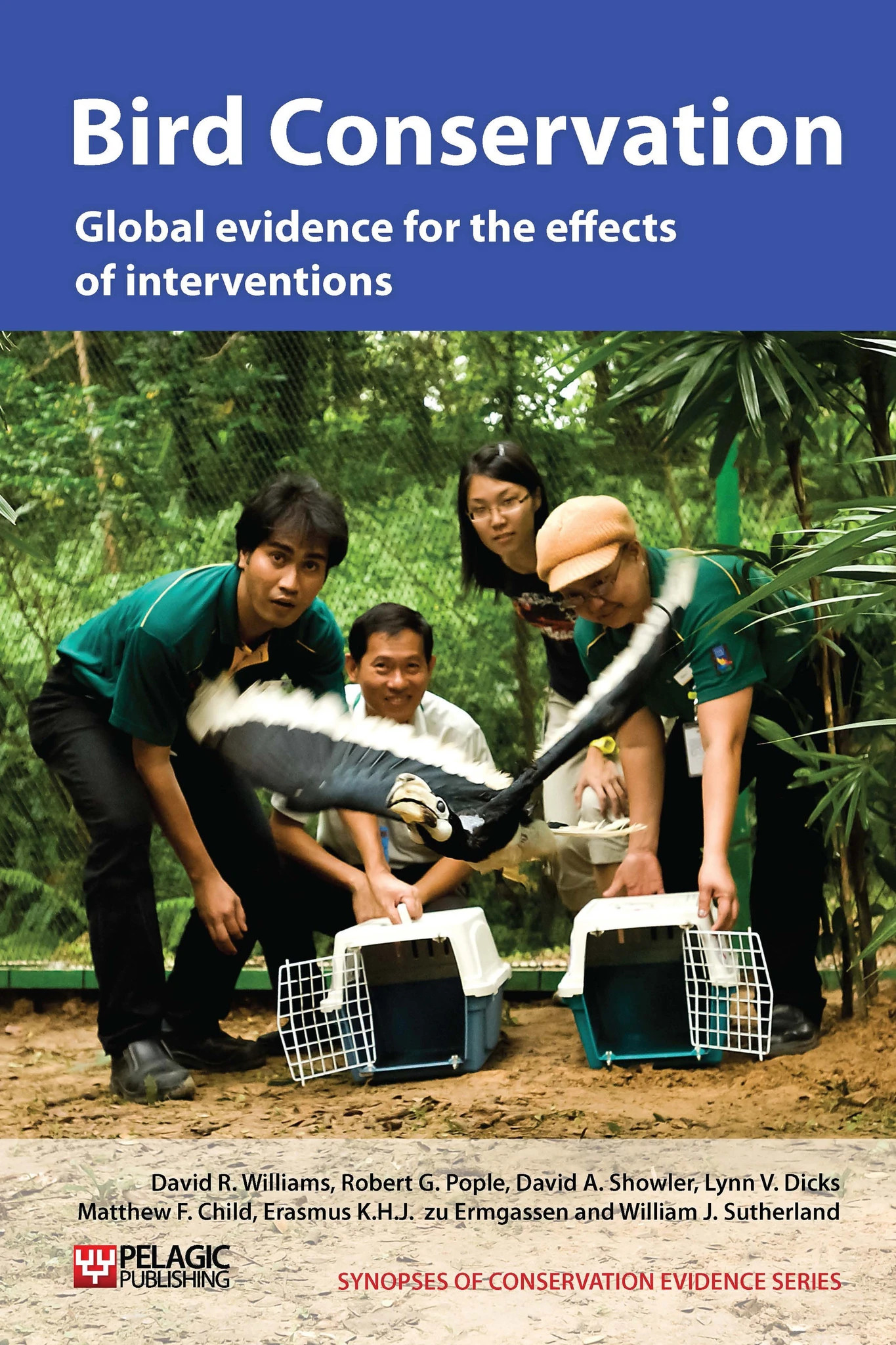Maintain species-rich, semi-natural grassland
-
Overall effectiveness category Likely to be beneficial
-
Number of studies: 2
View assessment score
Hide assessment score
How is the evidence assessed?
-
Effectiveness
41% -
Certainty
44% -
Harms
0%
Study locations
Supporting evidence from individual studies
A before and after trial in England (Defra 2002) concluded that management prescriptions in the Exmoor Environmentally Sensitive Area are maintaining the condition of unimproved grassland, based on trends in bird populations in parts of the Environmentally Sensitive Areas under long term management agreements. The study found that five red/amber-listed species of conservation concern (linnet Carduelis cannabina, bullfinch Pyrrhula pyrrhula, grey partridge Perdix perdix, house sparrow Passer domesticus and garden warbler Sylvia borin) appeared to be increasing in density within the Cotswolds Environmentally Sensitive Areas while declining nationally, suggesting that they benefit from some aspect of Environmentally Sensitive Areas management. In each Environmentally Sensitive Areas, breeding birds were surveyed in May-August 2002, and results were compared with baseline survey information from 1992/3 (Exmoor) and 1997 (Cotswolds). In the Cotswolds Environmentally Sensitive Area, birds were surveyed in 96 randomly-selected 1 km squares, while the majority (153km2) of the Exmoor Environmentally Sensitive Area was surveyed.
Study and other actions testedIn a replicated site comparison study, Herzog et al. (2005) found that on average 86% of litter meadows in Ecological Compensation Areas on the Swiss plateau were of ‘good ecological quality’ (based on national guidelines for Ecological Compensation Areas target vegetation), compared to only 20% of hay meadows. While wetland birds appeared to benefit from litter meadow Ecological Compensation Areas, with significantly more territories (52) than expected (31) in these areas, birds of open cultivated land had fewer territories (68) than expected (151) on hay meadow Ecological Compensation Areas. For hay meadow Ecological Compensation Areas, ecological quality was significantly lower in the more intensively farmed ‘lowland’ zone of the Swiss plateau, compared to ‘pre-alpine hills’ zone. Territories of breeding birds were mapped in 23 study areas, based on 3 visits between mid-April and mid-June. This study is also discussed in ‘Maintain traditional orchards’ and ‘Manage hedges to benefit wildlife (includes no spray, gap-filling and laying)’.
Study and other actions tested
Where has this evidence come from?
List of journals searched by synopsis
All the journals searched for all synopses
This Action forms part of the Action Synopsis:
Bird Conservation
Bird Conservation - Published 2013
Bird Synopsis





)_2023.JPG)














